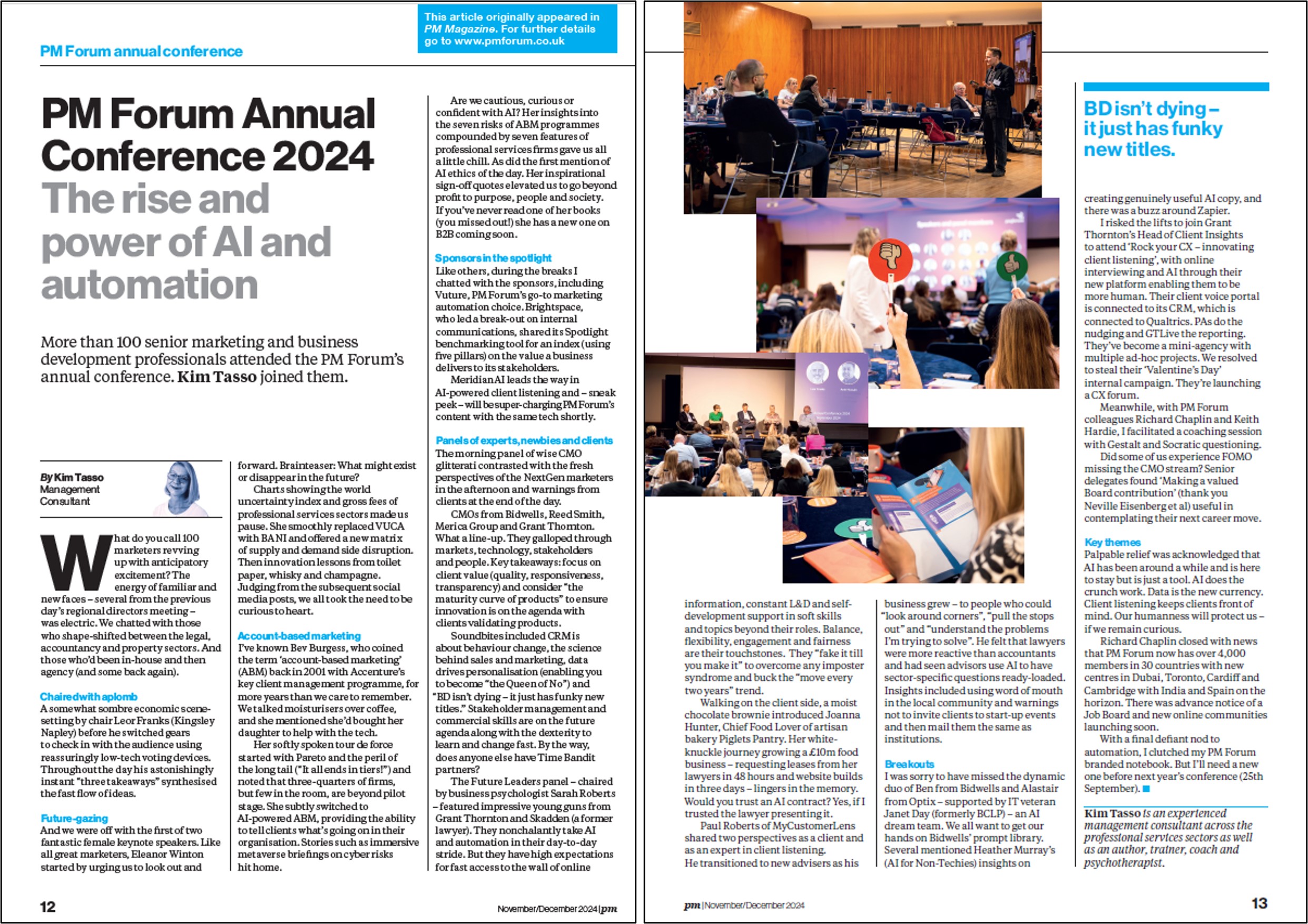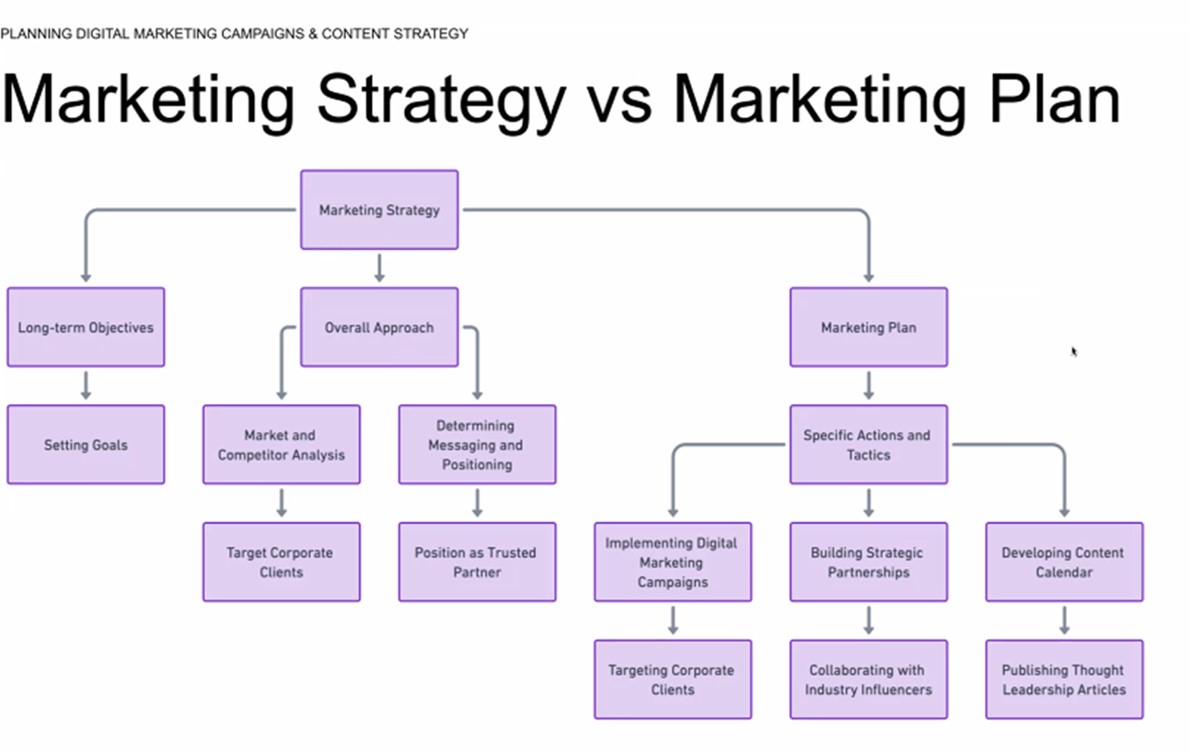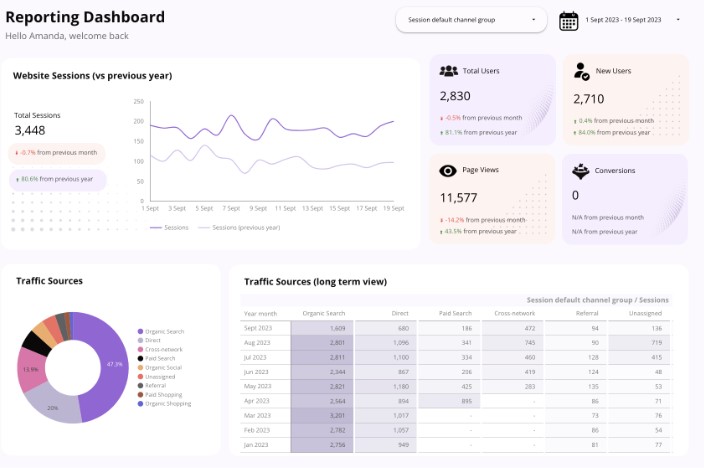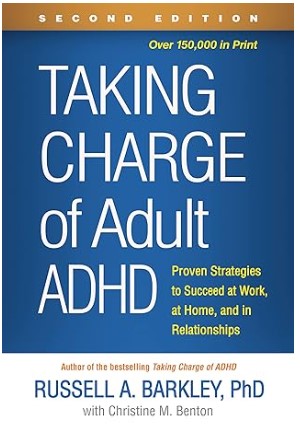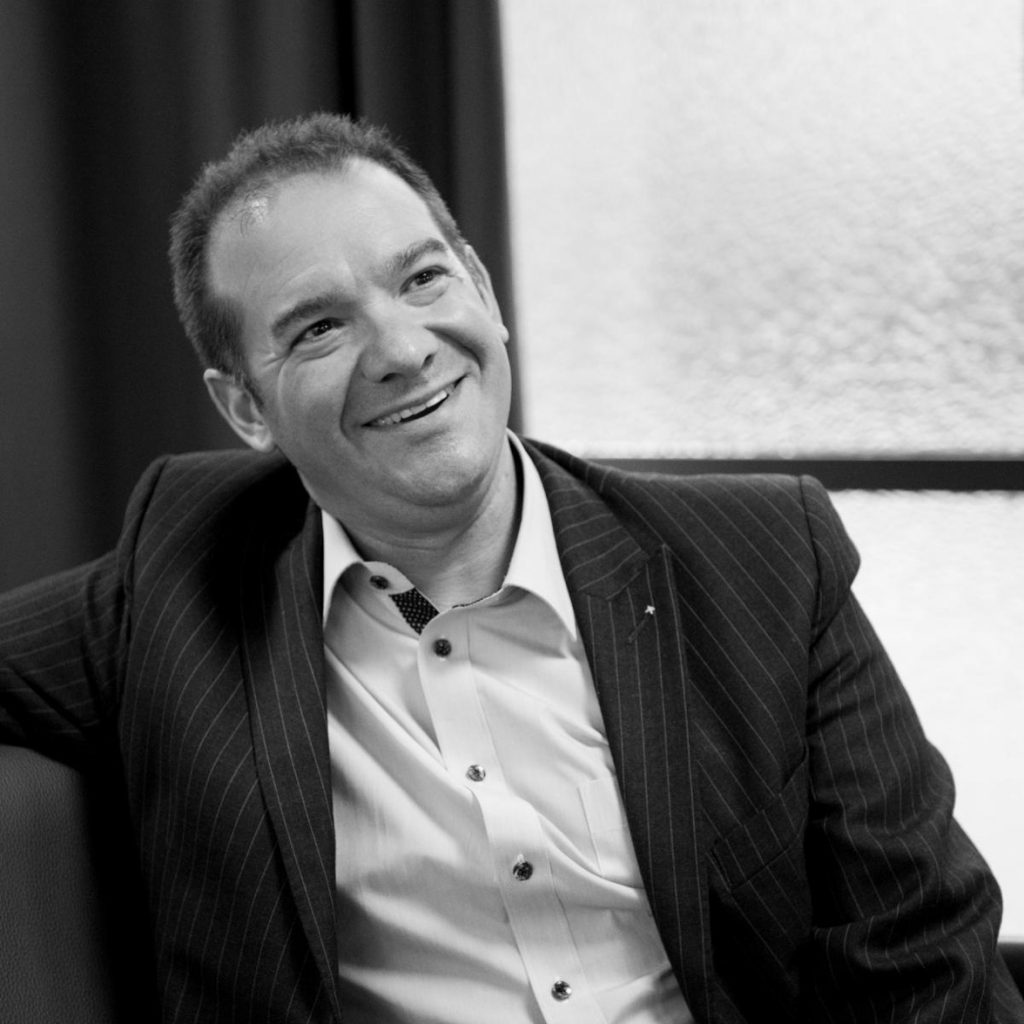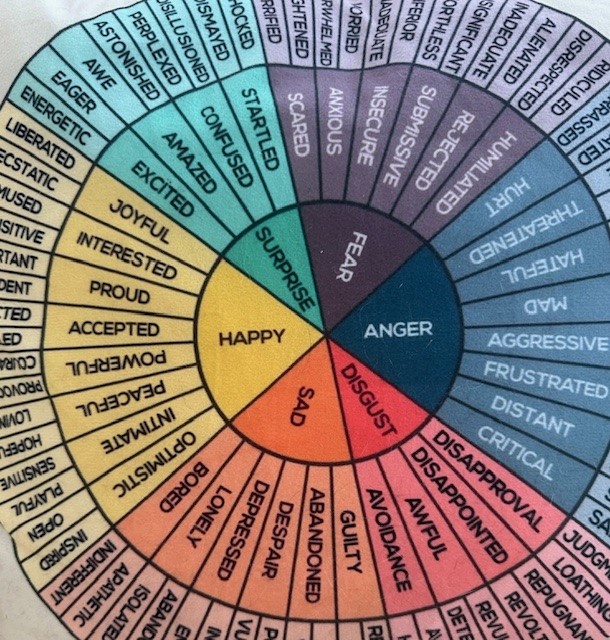
These topics – Critical Thinking and Problem Solving – form a major part of the creativity and innovation workshops that I run (for details of public courses see here http://www.pmforum.co.uk/training.aspx). There are many other blogs on creativity (see, for example: http://kimtasso.com/the-psychology-of-creativity/ and http://kimtasso.com/creative-competencies/). In this blog, I explore critical thinking in more detail. It’s particularly topical at the moment with all the debate about “false news” in social media and “hate reporting” in some news media.
The World Economic Forum, in its report “The Future of Jobs”, suggested that by 2020 the top three skills sought will be 1. Complex problem solving, 2. Critical thinking and 3. Creativity (People management comes in fourth and co-ordinating with others fifth. Emotional intelligence, decision making and negotiation are also in the top 10).
What is critical thinking?
Critical thinking is the ability to think clearly and rationally – without letting your emotions get in the way – about what to believe or what to do. You must not let your emotions – or the emotions of others – affect your judgement.
Critical thinking requires you to challenge assumptions – and to question the validity of and potential bias in information. Critical thinking is the ability to engage in independent thinking – making up your own mind from evidence and facts rather than just accepting information.
Someone with critical thinking skills is able to do the following:
- understand the logical connections between ideas
- identify, create and evaluate arguments
- detect inconsistencies and common mistakes in reasoning
- solve problems systematically
- identify the relevance and importance of ideas
- reflect on the justification of one’s own beliefs and values
You need to be open to new ideas. Openness is a trait that can be measured with psychometrics – there is more information on the “Big Five” personality measures here http://kimtasso.com/personality-assessment-as-part-of-the-coaching-and-development-process/
The process of critical thinking
The typical stages of critical thinking are:
- Discover and explore
- Negotiate and co-operate
- Test and revise
- Integrate and apply
- Inform and describe
You must explore the issue by discovering information about it. You might need to co-operate with others to get information or more details (and negotiate with them in this process). Then you will test your assumptions (check your ideas against the data) and revise your beliefs if the data indicates that your initial ideas were inaccurate. Then you need to integrate this new knowledge into the problem and your general thinking and perhaps share your ideas to inform others.
In many respects it is like the scientific method. You construct a hypothesis (a theory) and then design experiments or seek data to prove or disprove the hypothesis.
Solving problems in stages
To solve a problem you might have to gather new information or look at the problem from a different point of view or perspective.
For example, two people are arguing as they both want the same office. You need to consider why each of them thinks that they are entitled to the office. You need to explore the history of the situation – have either of them used the office before or has someone in management “promised” them that office? You need to consider the firm’s policies on office allocation and the impact of setting a new precedent. You should also consider whether anyone else wants the office, the current occupants and what the two people do if they don’t get the office. Perhaps a solution in this situation would be to agree that they share the office or take turns in using it.
Another approach is to consider what the goals and barriers are. The goal in our example might be that one person likes the view from the office and the other one wants to be near their co-workers. So the solution is to either find another office with a view or move the co-workers. The barriers might include one person not wanting to lose face about giving up their argument about the office.
There are stages in solving problems. For example:
1. Understand and structure the problem
You must first understand and structure the problem. This stage involves observation and inspection (looking carefully at things), fact-finding and developing a clear picture of the problem. Gain more information about the problem to increase your understanding. You might need to do some analysis – looking at history and/or numbers and/or a variety of sources of information. You may need to do some research if the information you need isn’t available.
Often, if you start with the same definition of a problem that everyone else has, your thinking will be the same and you will come up with the same solutions. Therefore, you should take time diagnosing and exploring and perhaps redefining or reframing the problem.
Another way to tackle this is to be clear about your goals – What are you trying to achieve? What would be a good outcome if the problem was resolved? What would good look like?
The more complex the problem, the more information you will need to obtain. Sometimes you will find that there are several parts to the problem and each requires a different solution. Breaking things down might make a complex problem easier to solve.
2. Look for and develop possible solutions
Now you generate a wide range of possible courses of action – even if some of them seem unlikely – with little attempt to evaluate the ideas at this stage.
You may have had some ideas about how to solve the problem at the beginning, but just list these ideas along with any others – don’t dismiss them too quickly.
Sometimes you may do some brainstorming (see http://kimtasso.com/creativity-3-update-brainstorming-techniques/) with other people where you all contribute different ideas. Here the aim to generate lots of ideas without worrying too much about their value. Evaluation of ideas comes later. Often the germ of a good idea can be found in a wild suggestion.
There are lots of blogs on how to increase your creativity when solving problems (see, for example the series starting with http://kimtasso.com/creativity-1-seven-steps-become-creative/). Getting other people involved in considering solutions may reveal issues or factors that you are unaware of, allows you to tap into the expertise of others and may make people feel more committed (buy in) to the final solution agreed.
3. Make a decision
You must consider all the possible solutions and evaluate each one. You might decide on the pros and cons – or advantages and disadvantages – of each solution. You may use some sort of scoring or rating system to rank the different solutions. Then you have to decide which solution is the best one – even if it is not perfect.
This is perhaps the most complex part of the problem solving process. Some solutions may not be possible, due to other issues like time constraints or budgets. It is important at this stage to also consider what might happen if nothing was done to solve the problem – sometimes trying to solve a problem that leads to many more problems requires some very creative thinking and innovative ideas.
Finally, make a decision on which course of action to take – decision making is an important skill in itself. You may have to negotiate with people here and persuade them about the chosen solution.
4. Implement the solution
This stage involves accepting and carrying out the chosen course of action. Sometimes, during implementation more problems may arise especially if identification or structuring of the original problem was not carried out fully. This may require you to go back to an earlier stage or even start again. This is what we call an iterative process. In some situations – for example, in new product development – we call this prototyping. Producing a “near enough” solution so further work can be done to finalise the product.
5. Monitor and seek feedback
The final stage is about checking and reviewing the outcomes of problem solving over a period of time, including seeking feedback as to the success of the outcomes.
It is good practice to keep a record of decisions (and the reasons why they were made) and the outcomes and any additional problems that occurred. This will improve future problem solving activities.
Other approaches to solving problems – 3D approach
Sometimes you have to think creatively to solve problems. Here is another process – called 3D – that might help:
- Define the problem in a single sentence
- Describe:
- The situation (e.g. time, resources etc)
- The people involved
- You
- Develop options (one priority issue from each)
Other approaches to solving problems – SCORE
This approach was developed by Judith DeLozier and Robert Dilts within NLP and is often used in coaching situations (http://kimtasso.com/faq/what-is-neuro-linguistic-programming-and-how-might-it-be-useful-to-me/)
- Symptons
- What you notice and what you would like to change about the present problem
- Causes
- The root of the problem, where it came from
- Outcomes
- Your goal, what you want to achieve
- Resources
- What is required to resolve the situation (e.g. skills, tools, beliefs)
- Effects
- What you will do differently in the future, the longer term effect of reaching the outcome


